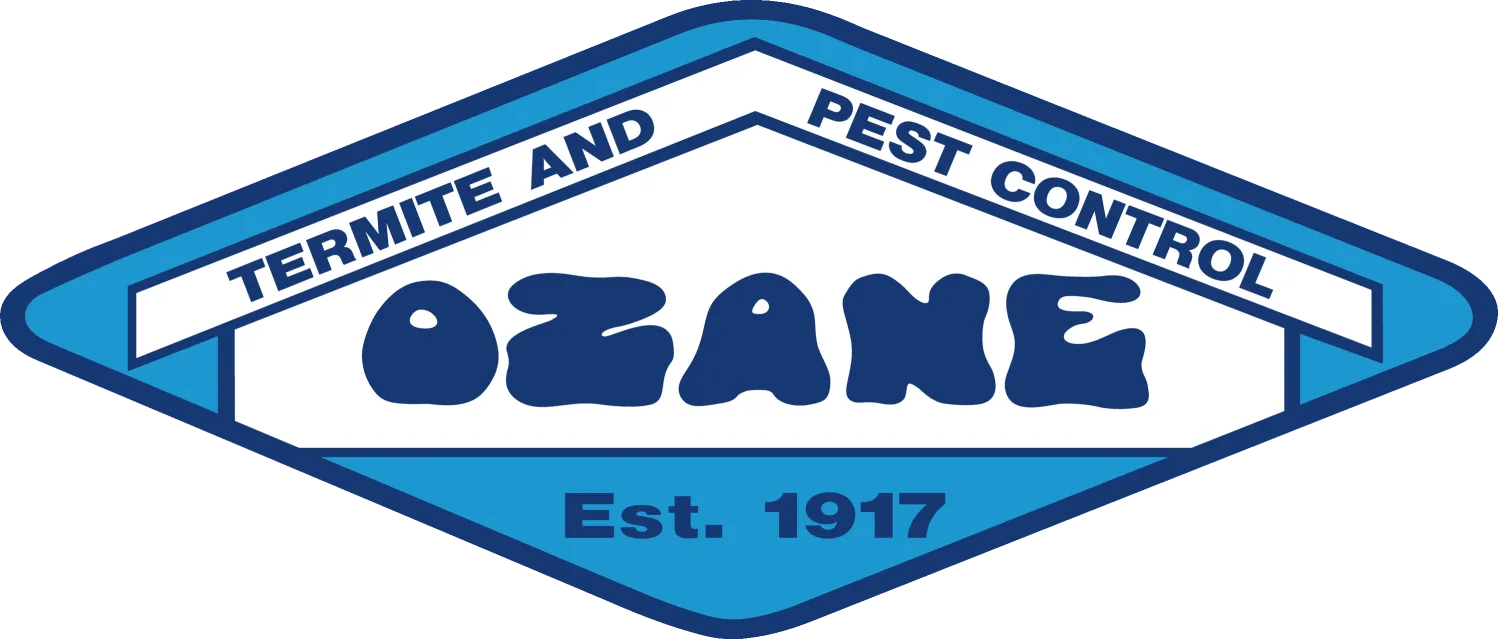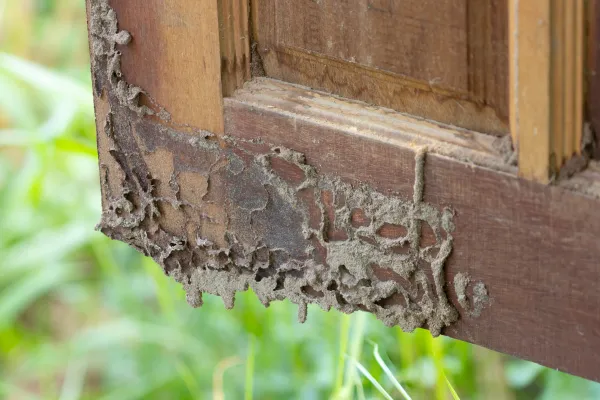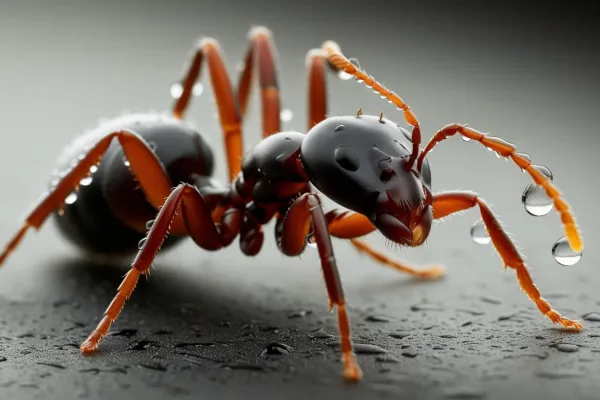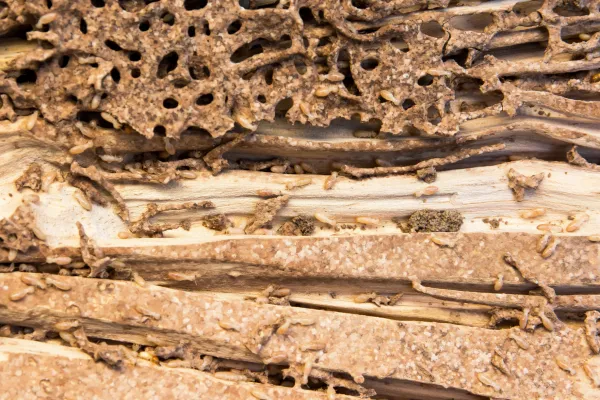Why Termites Swarm in Spring
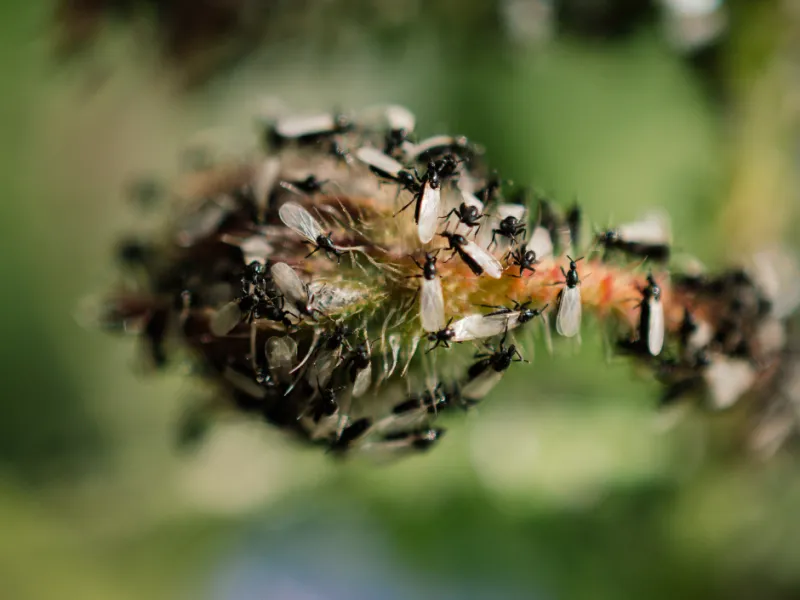
Why Termites Swarm in Spring and How to Protect Your Home in New Jersey
Spring in Ocean and Monmouth County, NJ, brings warmer weather, blooming flowers, and termites. If you've noticed swarms of flying insects around your home, you might be seeing termites looking to start a new colony. Swarmers can be a red flag that your home or business could be at risk for an infestation.
At Ozane Termite and Pest Control, we've been helping New Jersey homeowners prevent and stop termite infestations for over 100 years. Here's what you need to know about termite swarms, how to spot them, and—most importantly—how to protect your home.
What Are Termite Swarms?
Termite swarms happen when winged reproductive termites, also called alates, leave their existing colony to find a new place to establish a nest. These swarms are usually triggered by warm temperatures and high humidity, making spring the peak time for termite activity in New Jersey.
Key signs of a termite swarm include:
Large groups of flying insects around windows, doors, or outdoor lights
Discarded wings near entry points or on window sills
Mud tubes or soft, hollow wood near your home's foundation
Termite Swarm or Flying Ants? How to Tell the Difference
Many homeowners mistake swarming termites for flying ants, but there are a few key differences:
Body Shape: Termites have a straight, uniform body while flying ants have a pinched waist.
Antennae: Termite antennae are straight, while flying ant antennae are bent like an elbow.
Wings: Termites have two pairs of wings that are equal in size, while flying ants have unequal-sized wings, with the front wings being longer than the back wings.
If you're unsure what you're seeing, don't take chances—a professional inspection can confirm if you have a termite problem before it becomes costly.
Why Termites Swarm in New Jersey Homes
New Jersey is home to Eastern Subterranean Termites, which thrive in New Jersey's moist, coastal environment. These termites usually swarm in April and May, searching for the perfect moist wood or a mate to start a new colony.
Common areas where termites swarm near homes:
Basements and crawl spaces
Wooden decks and porches
Mulch beds and landscaping near the foundation
Woodpiles stacked against the house
Already Seeing Termite Swarms? Here's What to Do!
If you notice a termite swarm inside or near your home, don't wait—contact Ozane Termite and Pest Control immediately. Swarming termites mean a nearby colony is growing, and delaying treatment could lead to severe structural damage.
At Ozane Termite and Pest Control, we have multiple options to protect your property. Don't let termites take over your home! Contact us today for a free termite inspection.
